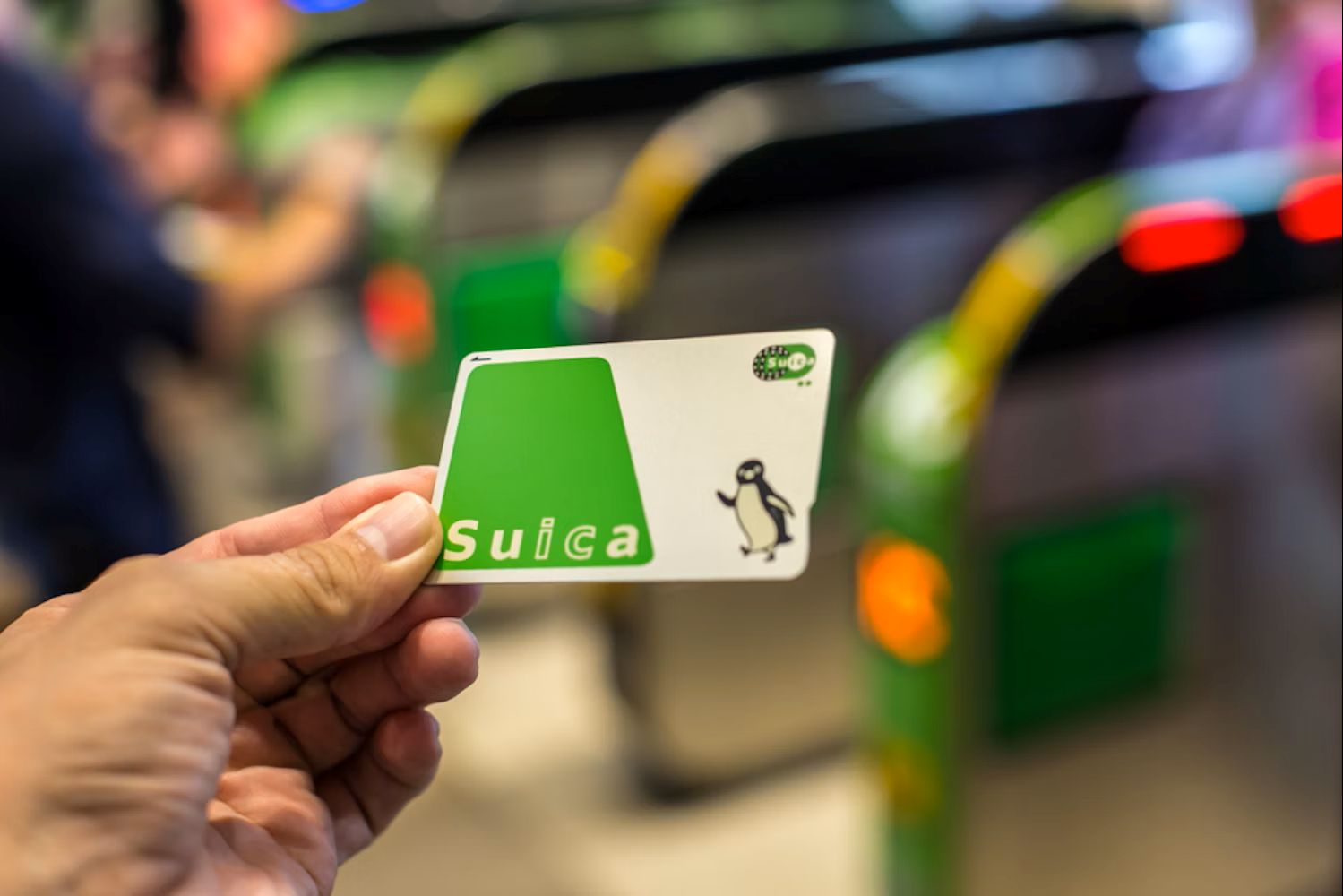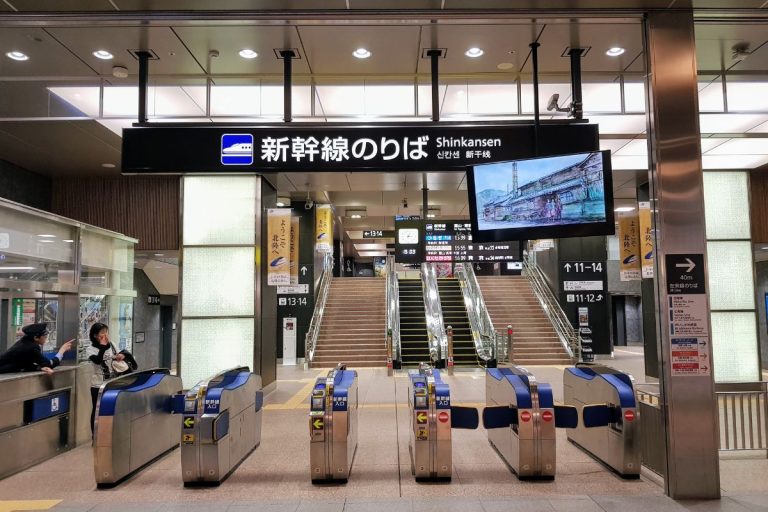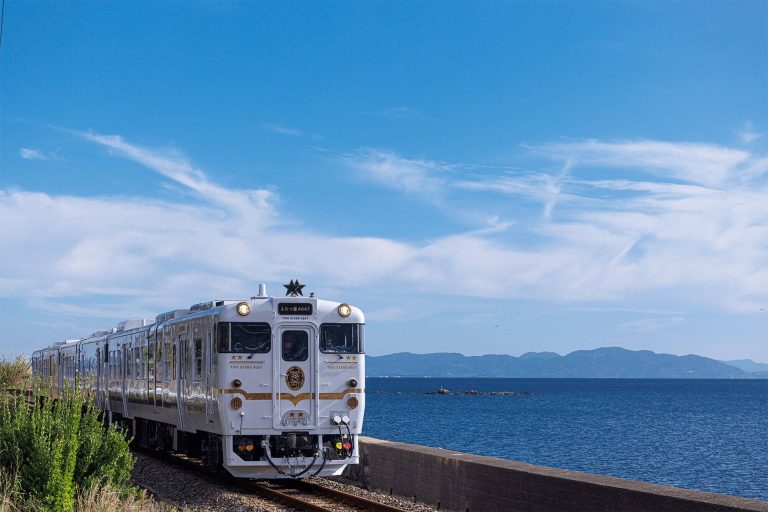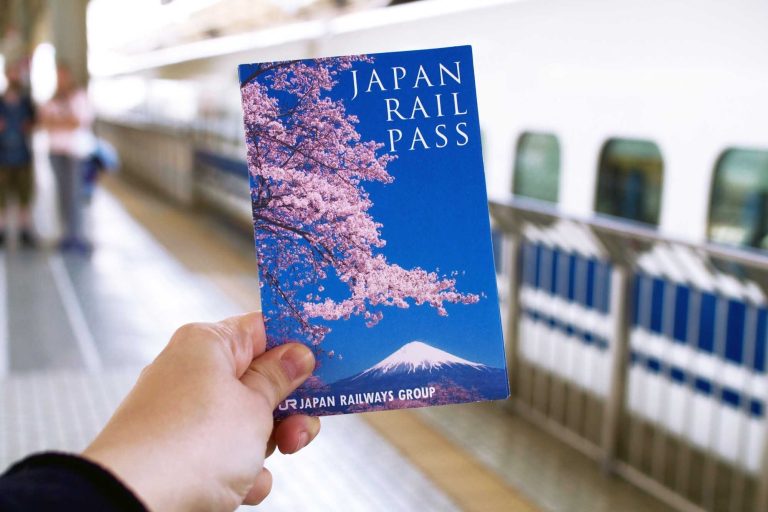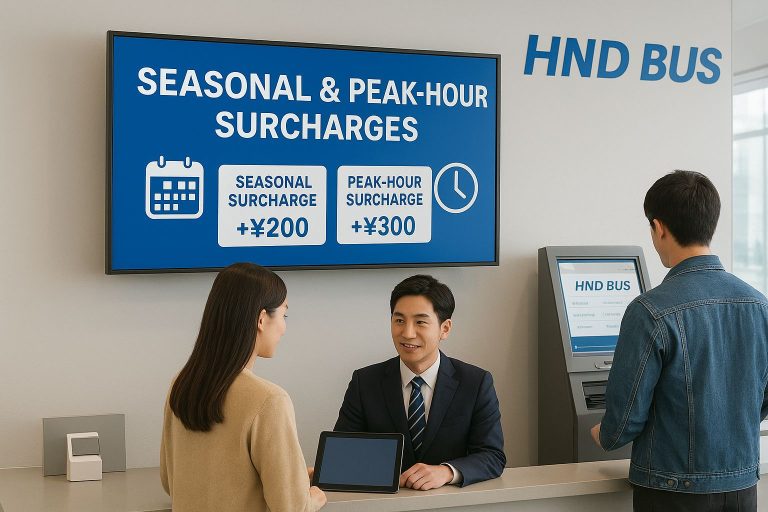Overview of IC Cards in Japan
Japan’s IC cards represent one of the most convenient innovations for travelers and residents alike. These prepaid smart cards have transformed how people navigate the country’s extensive transportation network while offering additional benefits for daily purchases.
What are IC Cards?
IC cards are rechargeable smart cards that use embedded microchips to store monetary value and travel data. Originally designed for public transportation, these cards have evolved into multipurpose payment tools accepted across trains, buses, convenience stores, restaurants, and vending machines throughout Japan. The technology eliminates the need for exact change and speeds up transactions significantly.
Key Features of Suica and Pasmo
Both Suica and Pasmo cards offer identical core functionality despite their different origins. Users can load money onto these cards at stations, use them for seamless travel across multiple transportation networks, and make purchases at participating retailers. The cards feature tap-and-go technology that automatically calculates the lowest fare for your journey, ensuring you never overpay for transportation.
Differences Between Suica and Pasmo
The primary distinction lies in their management companies rather than functionality. JR East operates Suica cards, while a consortium of private railway companies manages Pasmo. This difference becomes relevant mainly when obtaining commuter passes or seeking customer service, as each card must be serviced by its respective operator’s facilities.
Interchangeability of Cards
Regardless of which card you choose, both function identically across Japan’s transportation networks. Whether you’re riding JR trains, private railways, subways, or buses, either card will work seamlessly. This interchangeability extends beyond Tokyo to other major cities like Osaka, Kyoto, and Nagoya, making them truly national payment solutions.
Recent Updates on IC Cards
After a temporary suspension due to semiconductor shortages, regular Suica and Pasmo card sales resumed on March 1, 2025. Additionally, tourist-specific versions called Welcome Suica and Pasmo Passport were introduced in 2024, designed specifically for short-term visitors with 28-day validity periods and simplified purchase processes at major airports.
Acquiring IC Cards
Obtaining an IC card in Japan has become increasingly straightforward, with multiple purchase options available at transportation hubs, airports, and stations throughout the country.
Where to Buy Suica and Pasmo
IC cards are available at virtually every major train station, subway station, and airport in Japan. JR stations primarily sell Suica cards, while private railway stations typically offer Pasmo cards. Major airports including Narita and Haneda feature dedicated service centers and vending machines specifically designed for international travelers, often with multilingual support.
Purchase Process at Airports
Airports provide the most tourist-friendly purchasing experience, with staff trained to assist international visitors. At Narita and Haneda airports, you’ll find JR East Travel Service Centers and dedicated IC card vending machines near arrival areas. The process typically involves selecting your preferred language, choosing the card type, and completing payment through various accepted methods.
Vending Machines and Payment Methods
IC card vending machines accept cash, credit cards, and in some locations, foreign currency. The machines feature intuitive touchscreen interfaces available in multiple languages including English, Chinese, and Korean. Most machines provide step-by-step instructions and display clear pricing information, making the purchase process accessible even for first-time users.
Requirements for Purchase (e.g., Passport)
Standard IC cards require no identification for purchase, allowing anonymous transactions. However, tourist-specific cards like the Pasmo Passport require passport verification to confirm visitor status. Registered cards, which offer additional benefits like balance recovery if lost, require personal information and identification during the registration process.
Using IC Cards for Travel
IC cards have revolutionized transportation in Japan by streamlining the travel experience and eliminating common pain points associated with traditional ticketing systems.
Benefits of Using IC Cards for Travel
The convenience factor cannot be overstated when it comes to IC card usage. These cards automatically calculate the optimal fare for your journey, eliminating the need to research ticket prices or worry about having exact change. They also provide access to express services and limited express trains on participating lines, though additional surcharges may apply for premium services.
How to Use IC Cards on Trains and Buses
Using IC cards requires simply tapping the card on designated readers when entering and exiting transportation systems. For trains, tap when passing through ticket gates at both your departure and arrival stations. Bus usage varies by region, but typically involves tapping when boarding and sometimes when alighting, depending on the local fare system and route structure.
Using IC Cards in Stores and Vending Machines
Beyond transportation, IC cards function as convenient payment methods at thousands of retail locations. Convenience stores, department stores, restaurants, and vending machines throughout Japan accept these cards. The payment process is identical to transportation usage, requiring a simple tap on the payment terminal to complete transactions.
Refund Procedures for Suica and Pasmo
Refund processes differ based on the card type and issuing company. Suica cards must be returned to JR East ticket offices, while Pasmo cards require processing at participating private railway station offices. Standard cards incur a small processing fee during refund, and any remaining balance is returned minus the initial deposit. Tourist-specific cards like Welcome Suica and Pasmo Passport are non-refundable.
Special IC Card Options
Japan offers specialized IC card variants designed to meet specific user needs, particularly for international visitors and short-term travelers.
Welcome Suica and Pasmo Passport
These tourist-oriented cards launched in 2024 specifically address the needs of short-term visitors. The Welcome Suica and Pasmo Passport eliminate the deposit requirement of standard cards while providing the same core functionality. Both cards cost ¥1,500 and come preloaded with ¥1,500 in credit, making them immediately usable upon purchase.
Validity Period and Refund Policies
Tourist cards feature a 28-day validity period from the date of purchase, after which they become unusable. This design eliminates the need for refund procedures while ensuring cards don’t accumulate unused balances. The non-refundable nature means travelers should plan their spending accordingly and use remaining balances before departure.
Digital Integration with Apple Wallet
Welcome Suica cards offer digital integration capabilities, allowing users to add them to Apple Wallet on compatible devices. This feature requires linking to a MasterCard or American Express account and provides the convenience of using your smartphone or smartwatch for payments and transportation access throughout Japan.
Credit Top-Up and Management
Maintaining adequate balance on your IC card ensures uninterrupted travel and shopping experiences throughout your stay in Japan.
How to Top-Up IC Cards
Recharging IC cards is possible at virtually every station through ticket vending machines, dedicated charging machines, and staffed ticket offices. Most machines accept cash in denominations from ¥1,000 to ¥10,000, with some locations accepting credit cards for charging. The process typically involves inserting your card, selecting the desired charge amount, and completing payment.
Using Foreign Coins for Credit
Pocket Change machines, found at major airports and some stations, offer a unique service allowing travelers to convert foreign coins into IC card credit. This innovative solution helps visitors use leftover foreign currency while adding value to their travel cards, reducing waste and maximizing the utility of small denominations.
Managing Balance Transfers for Registered Cards
Registered IC cards provide additional security features, including the ability to transfer balances to replacement cards if the original is lost or damaged. This service requires completing registration at the time of purchase or shortly thereafter, providing personal information and contact details for account management purposes.
IC Cards and Discounts
While IC cards primarily offer convenience, they also provide access to various discount programs and can complement other travel savings strategies.
Discounts Available with IC Cards
Many retailers and restaurants offer small discounts or special promotions for IC card users. These benefits vary by location and season but can include reduced prices on meals, shopping discounts, or bonus points in loyalty programs. Some transportation companies also provide fare discounts for frequent users or off-peak travel.
Group and Student Benefits
Specific group and student discounts may be available when using IC cards in conjunction with other programs. Educational institutions often negotiate special rates with transportation companies, while some tourist attractions offer reduced admission prices for IC card holders. These benefits typically require additional documentation or registration.
Combining IC Cards with Other Travel Passes
IC cards work effectively alongside other transportation passes, including the Japan Rail Pass overview programs and regional discount pass bundles. While you cannot use IC cards on JR lines covered by a Rail Pass, they remain valuable for private railways, buses, and purchases not covered by your primary travel pass.
Using IC Cards for Transactions
The versatility of IC cards extends far beyond transportation, making them essential tools for daily life and travel in Japan.
IC Cards for Everyday Purchases
Convenience stores, supermarkets, department stores, and countless restaurants accept IC cards as payment. The transaction speed and convenience make them ideal for quick purchases, eliminating the need to handle cash or wait for change. Many establishments display IC card acceptance symbols near their payment terminals.
Using IC Cards at Attractions
Tourist attractions, museums, theme parks, and entertainment venues increasingly accept IC cards for admission fees and internal purchases. This acceptance varies by location, but major attractions in Tokyo, Osaka, and other tourist destinations typically support IC card payments for tickets, food, and souvenirs.
Limitations of IC Cards for Some Services
Certain services remain cash-only or require alternative payment methods. Traditional restaurants, small local businesses, some temple admission fees, and specific transportation services may not accept IC cards. Additionally, some premium train services and reserved seating may require separate ticket purchases beyond basic IC card functionality.
Understanding Fees and Surcharges
While IC cards simplify payments, understanding associated fees and charges helps travelers budget effectively and avoid unexpected costs.
Overview of Surcharges and Fees
Standard IC card usage incurs no additional fees beyond the actual fare or purchase price. However, certain premium services, express trains, and reserved seating require supplementary payments. These charges are typically collected separately from IC card balance and may require cash or credit card payment at ticket offices.
Impact of Seasonal Travel on IC Card Usage
Busy travel periods and holidays can affect transportation pricing and availability. During Golden Week, summer festivals, and New Year periods, some services may implement seasonal and peak-hour surcharges that affect IC card users. These additional costs are automatically calculated and deducted from your card balance when applicable.
Understanding Peak-Hour Charges
Most transportation systems maintain consistent pricing regardless of travel time, but some premium services and express routes may implement time-based pricing. Rush hour periods, typically 7-9 AM and 5-7 PM on weekdays, may feature different pricing structures that are automatically applied when using IC cards on participating services.
Frequently Asked Questions
What are IC cards?
IC cards are rechargeable smart cards used in Japan for public transportation and various payment transactions.
How do I obtain an IC card in Japan?
IC cards can be purchased at major train stations, airports, and convenience stores throughout Japan.
What is the difference between Suica and Pasmo cards?
Both cards function similarly, but Suica is operated by JR East, while Pasmo is managed by a consortium of private railways.
Can I use IC cards for shopping?
Yes, IC cards are widely accepted at convenience stores, restaurants, and vending machines across Japan.
Are there any fees associated with using IC cards?
Standard use of IC cards incurs no extra fees, but premium services and express trains may have surcharges.
Maximizing Your Travel Experience in Japan
Utilizing IC cards can greatly enhance your journey through Japan, streamlining both transportation and shopping. By understanding their features and benefits, travelers can enjoy a hassle-free experience, making the most of their time in this vibrant country.
